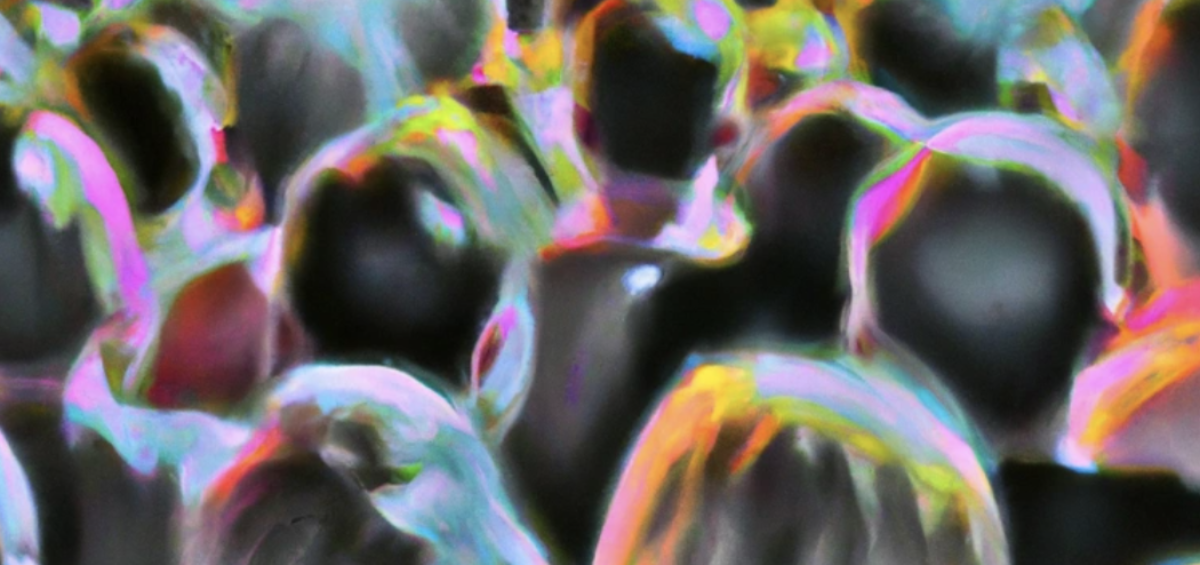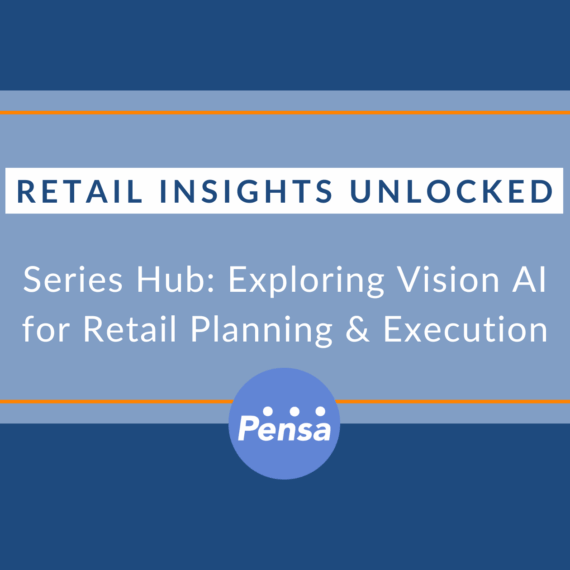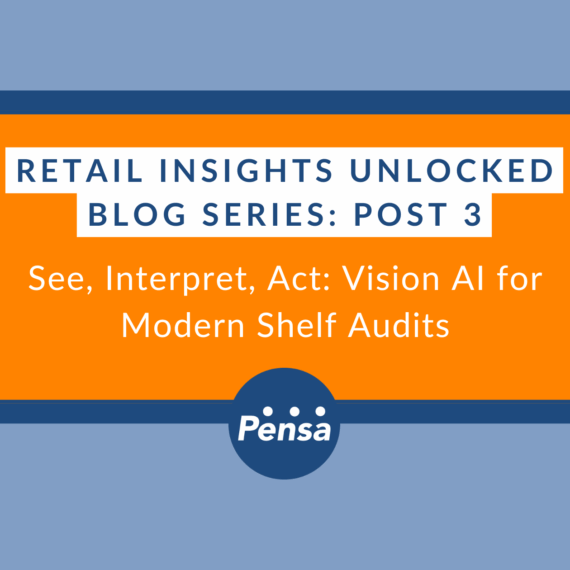There was a great write-up recently by VentureBeat on Machine Perception entitled What Is Machine Perception? How Artificial Intelligence (AI) Perceives the World. Here’s a link to the article.
Out of all the discussions I am having with leading CPG brands and retailers about how AI can help their businesses, my conversations about Machine Perception are some of the most interesting.
Machine Perception is the form of AI that has to do with processing sensory input (vision input) from cameras and seeing how to reach conclusions or takeaways like a person would. It’s a big contributor to Pensa’s business value. We capture an entire grocery aisle in-seconds using video-based computer vision (vision input) that’s then processed to create a highly accurate digital reconstruction of the aisle from which we deliver impactful business insights. Check it out here.
Most of the Venture Beat article is focused on how Google and Amazon and Microsoft use Machine Perception in other fields. But it was interesting and gratifying to see how they talked about Pensa using Machine Perception to enhance the human experience in shopping, namely helping to figure out automatically what’s in-stock on the shelf and what’s running low.
Pensa employs Machine Perception to both to simplify the experience for store associates and others that historically have been walking the floor looking for gaps on the shelf to determine what’s out of stock, as well as for the shopper by helping to ensure that their brand of peanut butter is always in stock when they’re looking.
That’s a difficult task, by the way.
It’s much more difficult than it might seem at first glance.
It turns out that the way we humans perceive whether a product is there or not, or where we think it should be on the shelf, is quite intricate. It has to do with a complex combination of factors such as where we’re used to seeing the product, whether it happens to be turned around or slightly out of place, or if it’s hidden behind something else. All of this contributes to our sense as consumers of whether the product is there or not.
For a retail store associate, it’s different and equally complex. Historically, the store associates do what’s known as walking the floor and looking for gaps, or gap scanning. Namely, walking down the aisle and looking for a hole in the shelf. And then from that, trying to determine whether the product is or isn’t really there.
That whole process is typically about 40% inaccurate and results in missing a lot of products that are actually out of stock.
And that in turn causes the entire supply chain to reverberate and reach the wrong conclusions.
This is the area in which we operate as Pensa and this is what is called out in the VentureBeat article. Overall, a great article about using Machine Perception to address a difficult business challenge. If you’re interested in learning more about Pensa’s use of Machine Perception to deliver shelf intelligence, please contact us.







